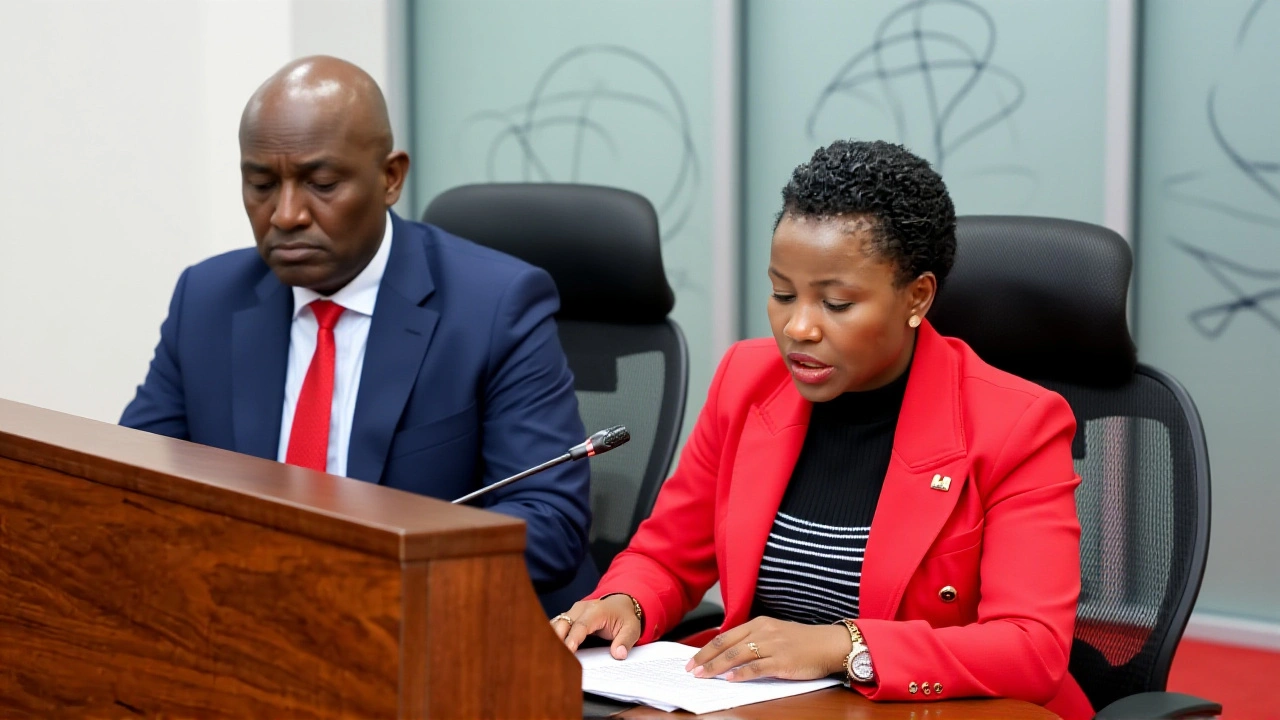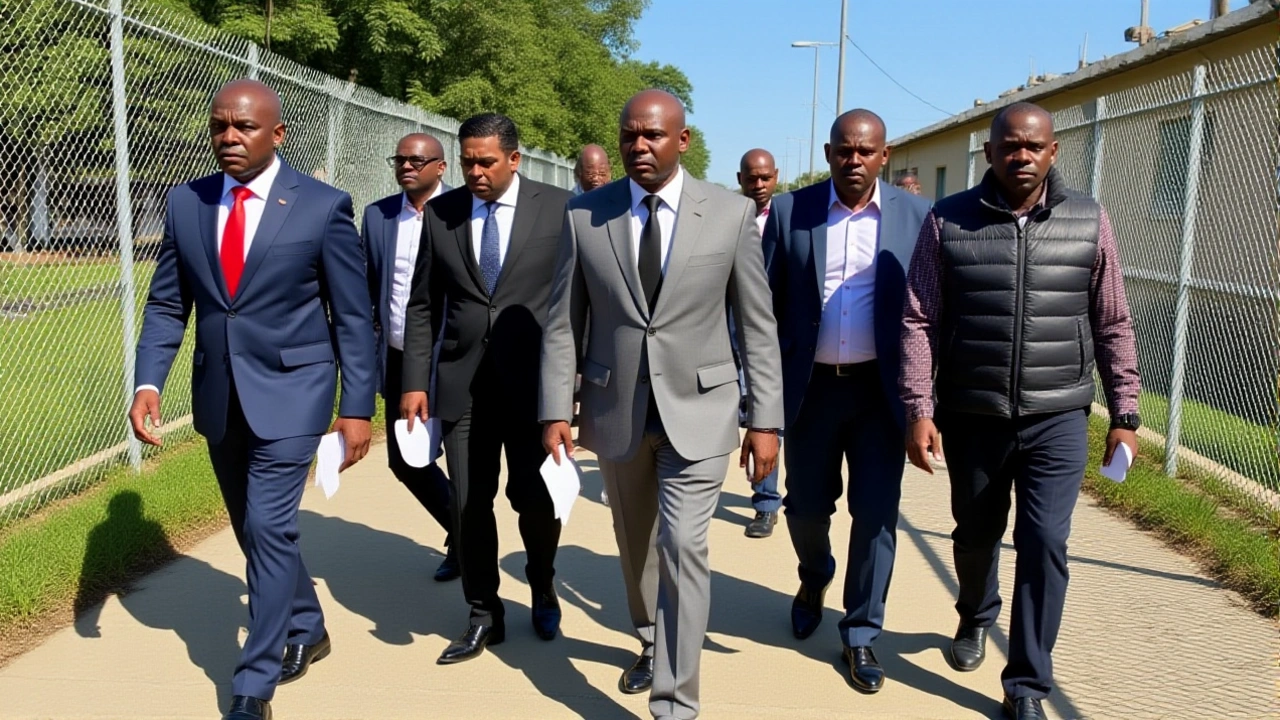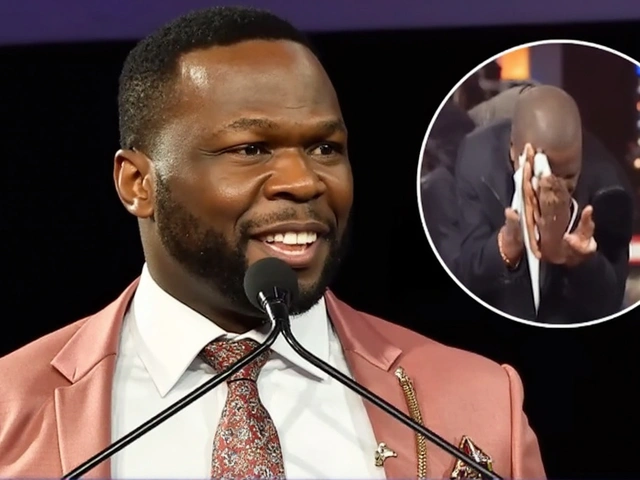When Susan Mang'eni, Principal Secretary for MSME Development faced a pointed interrogation by the National Assembly Committee on Cooperatives, the stakes were unmistakable: the much‑billed NYOTA youth empowerment programme risked stalling after missing its September 18 launch deadline.
The hearing, held on August 27, 2025, brought together a quartet of senior officials – Wycliffe Oparanya, Cabinet Secretary for Cooperatives & MSMEs Development, Salim Mvurya, Cabinet Secretary for Youth Affairs, Sports and Creative Economy, and Fikirini Jacobs, Principal Secretary for Youth Affairs and Creative Economy. Their collective reassurance that NYOTA was "on track" was quickly challenged by Mang'eni’s candid admission of a looming Sh7.6 billion budget shortfall.
Background of the NYOTA Project
Initiated under a Cabinet decision on July 29, 2025, the National Youth Opportunities Towards Advancement (NYOTA) Project earmarks Sh30 billion – roughly USD229 million in concessional credit from the World Bank – to uplift over 820,000 vulnerable young Kenyans. The scheme spans all 1,050 wards, promising on‑the‑job training, entrepreneurship support, Recognition of Prior Learning (RPL) certification, and seed capital for start‑ups.
By early 2025, the USSD portal *254# had attracted more than 1.4 million applications. A transparent randomisation process whittled the pool down to 180,000 shortlisted candidates, with women representing 46 % and 26,000 people with disabilities earning a place in the first cohort.
Component 2, overseen by the Micro and Small Enterprise Authority (MSEA), focuses on entrepreneurial training and the disbursement of Ksh 50,000 seed capital to 70 youth per ward. In theory, the phased rollout would deliver immediate benefits to a first cohort of 54,000 beneficiaries, followed by two additional waves, ultimately generating employment or self‑employment for 90,000 youths and digitally equipping 600,000 through catalytic funds.
Parliamentary Scrutiny Emerges
The committee’s line of questioning zeroed in on three core concerns: the financial gap, implementation timelines, and the risk of a World Bank pull‑out. “We cannot afford to let a funding vacuum erode years of planning,” a Committee member warned, echoing the sentiment of many Kenyans who had pinned hopes on NYOTA’s promise.
Oparanya attempted to calm nerves, stating, “The mechanisms for fund release are already in motion; the delay is administrative, not financial.” Yet Mang'eni countered, noting that the Sh7.6 billion deficit represents roughly 25 % of the total allocation and could jeopardise the MSEA’s ability to release the promised seed capital.
Salim Mvurya added, “Youth employment is a national priority. If NYOTA stalls, we risk a surge in informal labor that could stall economic growth.” The atmosphere was tense, with committee chairperson calling for an immediate financial audit and a revised disbursement schedule.
Funding Gap and World Bank Concerns
The shortfall stems primarily from delayed government cash releases and slower-than-expected procurement processes. While the World Bank has pledged to monitor the disbursement milestones, a senior Bank official, speaking on condition of anonymity, hinted that “persistent deficits could trigger a review of the concessional credit, potentially leading to a suspension of further tranches.”
Experts from the Kenya Institute for Public Policy Research (KIPP) echo this worry. Dr. Amina Njoroge, a senior fellow, explained, “The World Bank’s involvement brings strict performance criteria. A breach could mean not only loss of funds for NYOTA but also affect future development loans.”
Should the Bank pull back, the government would need to source an additional Sh7.6 billion—roughly USD57 million—from either domestic borrowing or re‑allocation of existing budgets, an outcome that would strain an already tight fiscal space.
Projected Impact and Current Status
Despite the financial hiccup, the programme’s design remains ambitious. If fully executed, NYOTA aims to enrol 190,000 youths into the NSSF “Haba Haba” savings scheme, certify 4,000 individuals through RPL, and channel Ksh 50,000 seed grants to roughly 73,500 youths in the first year alone.
Field officers in Nairobi and Mombasa report that many shortlisted applicants are awaiting confirmation letters. “I was told I’d receive a text by early September,” says 22‑year‑old Mary Wambui, a woman from Kilifi who made the shortlist. “Now I’m not sure if the training will even start.”
The delay also ripples into the private sector. The Kenya Association of Small and Medium Enterprises (KASME) warned that “the anticipated influx of young entrepreneurs will affect demand for SME services, from mentorship to credit facilities. A stall could dampen market expectations.”
What’s Next for NYOTA?
The committee has mandated a follow‑up meeting within 30 days, demanding a detailed cash‑flow projection and a contingency plan should the World Bank reduce its exposure. Mang'eni pledged to present a revised budget by September 30, outlining potential re‑allocation of funds from other youth‑related initiatives.
Meanwhile, the Ministry of Youth Affairs is exploring interim financing through the African Development Bank’s youth‑employment window, a move that could bridge the shortfall while preserving the World Bank partnership.
For now, the fate of NYOTA rests on swift financial realignment and transparent reporting. The programme’s success could set a benchmark for large‑scale youth interventions across the continent; its failure would be a cautionary tale about the perils of ambitious development projects without secured financing.
Frequently Asked Questions
Why is the NYOTA programme important for Kenyan youth?
NYOTA targets over 820,000 vulnerable young Kenyans, offering training, seed capital, and certification that can turn informal work into sustainable livelihoods. By equipping 600,000 youths digitally and creating 90,000 jobs, it aims to curb youth unemployment, a chronic challenge in Kenya.
What caused the Sh7.6 billion budget deficit?
The shortfall arises from delayed government cash releases, slower procurement, and higher-than‑expected administrative costs. This gap threatens the seed‑capital component managed by the Micro and Small Enterprise Authority.
Could the World Bank pull its funding?
The World Bank’s credit is performance‑linked. Persistent funding gaps could trigger a review, potentially leading to a suspension of future tranches, which would force Kenya to find alternative financing for the programme.
What steps are officials taking to address the delay?
The parliamentary committee has ordered a detailed cash‑flow report and a contingency plan. The Ministry is also seeking interim financing from the African Development Bank while revising the budget to re‑allocate existing resources by the end of September.
When can applicants expect the programme to start?
If the revised budget is approved by late September, the first cohort of 54,000 youths could commence training in early October. However, any further delays in funding could push the rollout into the next calendar year.








jyoti igobymyfirstname
October 7, 2025 AT 03:50Yo, this NYOTA drama is like a soap opera that just keeps getting more twisted.
First they promised shiny seed money for our youth, then they hit us with a Sh7.6 billion hole.
It feels like the government is playing hide‑and‑seek with the cash.
Applicants are sitting on the edge of their seats, waiting for a text that might never come.
Meanwhile, the officials keep saying everything is “on track” while the numbers scream otherwise.
The World Bank is watching like a hawk, and a single slip could make them pull the rug.
If that happens, the whole project could collapse faster than a sandcastle at high tide.
Imagine 820,000 young Kenyans left hanging, dreaming of a startup that never gets seed capital.
Their hopes are being used as political pawns in a game of budget chess.
The audit that the committee demanded could reveal a mess that no one wants to admit.
But the real kicker is how slow the procurement process moves – like watching paint dry in Nairobi traffic.
Every day that passes is another missed opportunity for a kid from Kilifi.
Even the private sector is holding its breath, fearing a slowdown in SME demand.
This whole saga is a stark reminder that good ideas need solid funding to survive.
So until the cash flows, NYOTA will stay a promise that looks good on paper but feels hollow in reality.
ritesh kumar
October 12, 2025 AT 17:50The delay isn’t just a bureaucratic hiccup; it’s a calculated move by shadowy elites to siphon off foreign aid and keep Kenya dependent on external powers. Their “budget shortfall” narrative is a smokescreen for a deeper collusion with global interests seeking to destabilize our sovereign youth programs. We must demand full transparency now before the World Bank pulls the plug and leaves our economy vulnerable to foreign puppeteers. The officials are complicit, and the funds are being rerouted to undisclosed accounts. This is a classic case of elite capture.
Raja Rajan
October 18, 2025 AT 07:50The committee has correctly identified the funding gap and the need for an audit. A clear cash‑flow projection will help determine whether re‑allocation is feasible. The Ministry should prioritize transparent reporting to restore confidence.
Atish Gupta
October 23, 2025 AT 21:50I hear the urgency in the numbers and the fear of a funding vacuum, yet we must also recognize the collaborative potential between ministries, the World Bank, and private partners. Leveraging public‑private synergy could unlock alternative financing streams while maintaining the program’s core objectives. Let’s keep the dialogue constructive and explore interim solutions rather than falling into a blame game. The youth deserve a coordinated effort, not fragmented rhetoric.
Aanchal Talwar
October 29, 2025 AT 11:50Totally agree that we need some quick fixes – the youths cant wait forever for their dreams to kick start.
bhavna bhedi
November 4, 2025 AT 01:50Absolutely, we should push for a swift interim funding package the ministry can roll out without endless red tape its vital for the momentum.
Apu Mistry
November 9, 2025 AT 15:50When a promise like NYOTA flickers in the shadows of bureaucracy, we are reminded that hope itself is a fragile currency.
The youth, bearing the weight of systemic inertia, become silent witnesses to a policy that whispers promises yet delivers silence.
In this liminal space, the soul of a nation hangs in balance, yearning for the light of opportunity that remains perpetually out of reach.
It is a melancholic dance between aspiration and abandonment, a paradox that chisels at the collective conscience.
Ananth Mohan
November 15, 2025 AT 05:50Mentors can step in by offering skill‑building workshops while the funding saga unfolds. This keeps momentum alive and prepares beneficiaries for when the seed capital finally arrives.
Abhishek Agrawal
November 20, 2025 AT 19:50Wow, what a surprise! Another classic case of over‑promising and under‑delivering!! The government clearly missed the memo on proper fiscal planning!! If they don’t get their act together, the entire youth empowerment sector could implode!!!
Rajnish Swaroop Azad
November 26, 2025 AT 09:50The tragedy lies not just in numbers but in broken dreams that echo across villages silence is louder than any budget.
Neha Shetty
December 1, 2025 AT 23:50I love that the conversation is moving toward solutions. Encouraging private sector involvement could bridge the immediate cash gap while maintaining the core goals of NYOTA. Moreover, aligning the program with existing entrepreneurship hubs can streamline implementation. Let’s keep the focus on actionable steps rather than getting stuck in blame. The youth deserve a clear path forward.
Zoya Malik
December 7, 2025 AT 13:50Honestly, the constant drama feels exhausting. The program’s design is solid, but the execution is repeatedly sabotaged by avoidable delays. A stricter timeline and accountability measures are overdue.